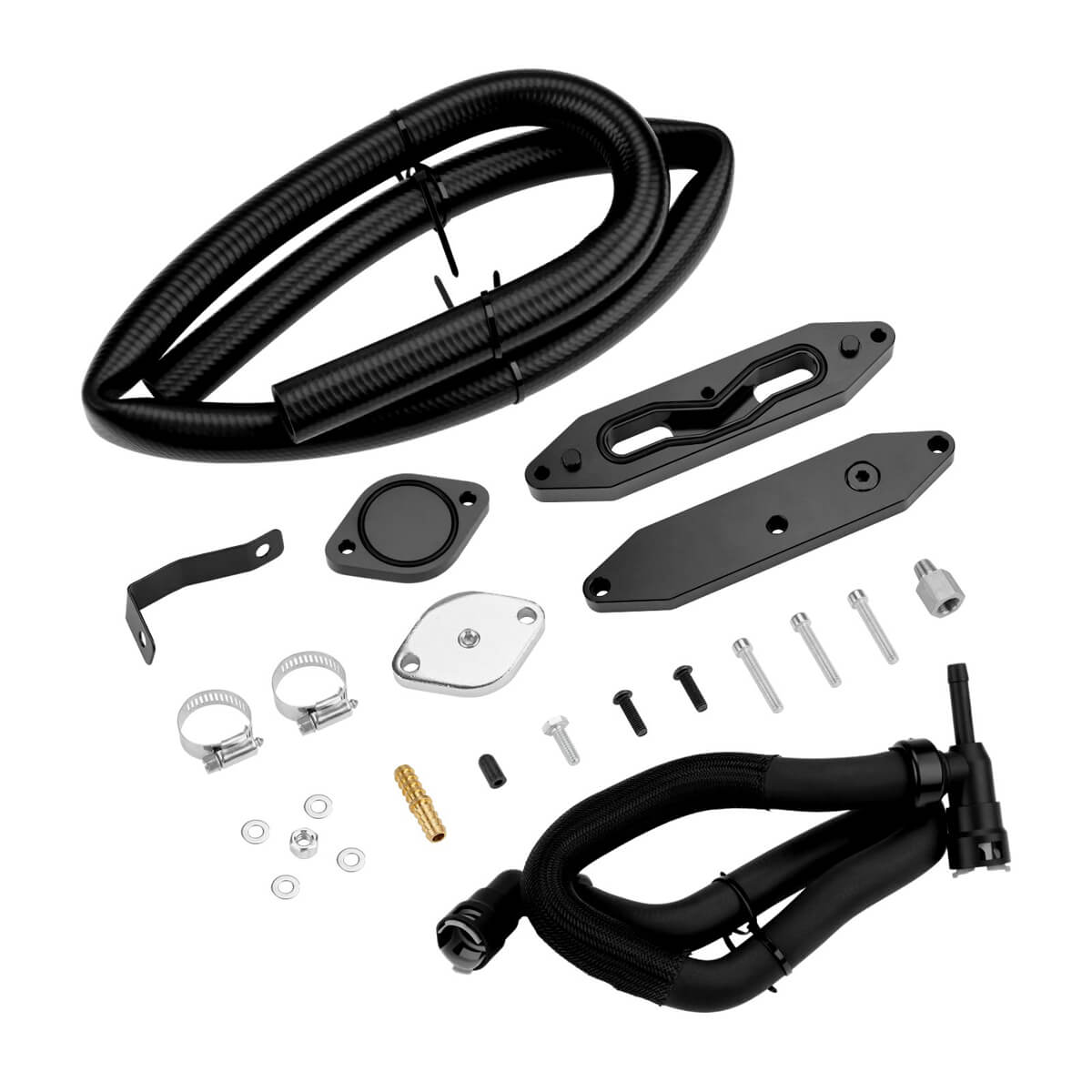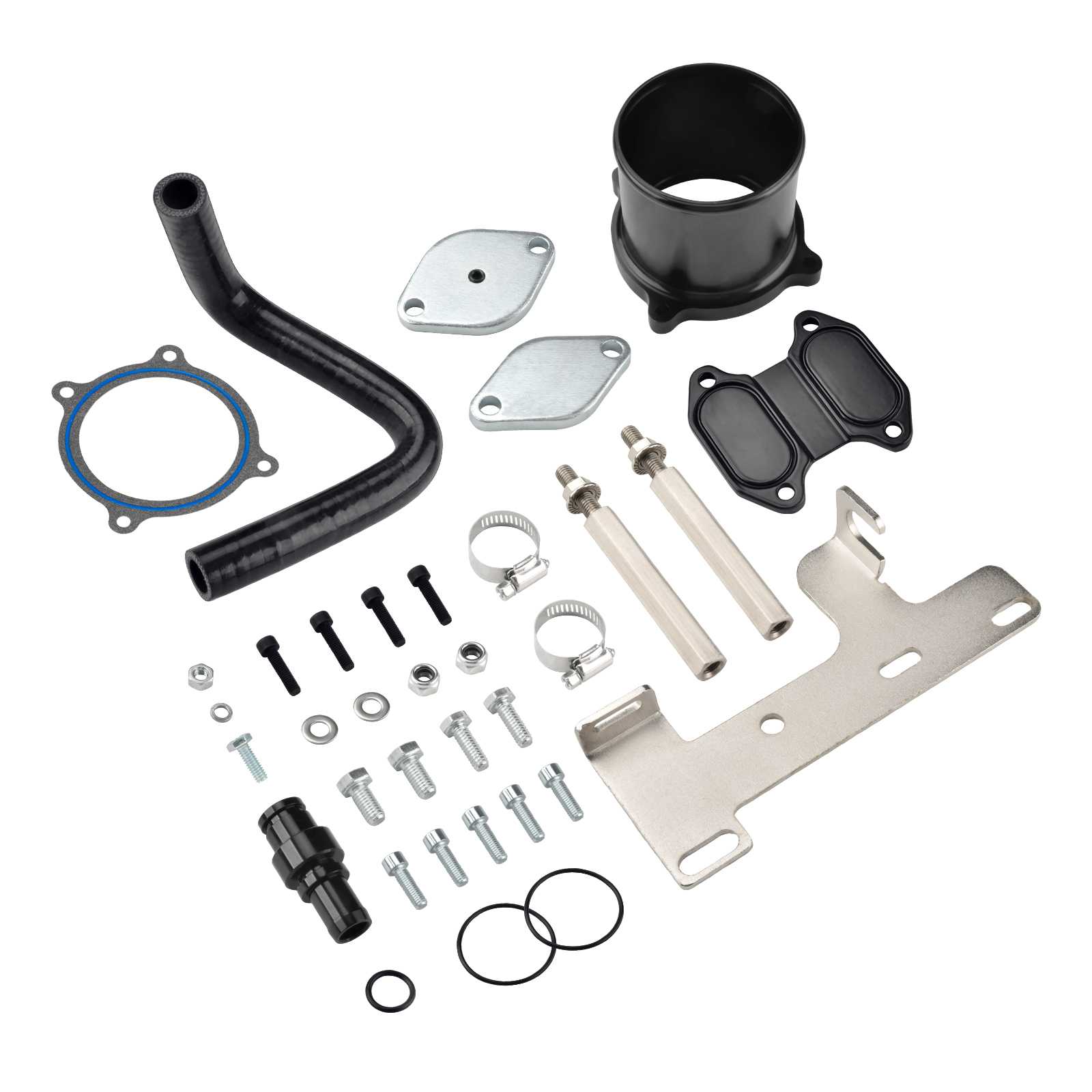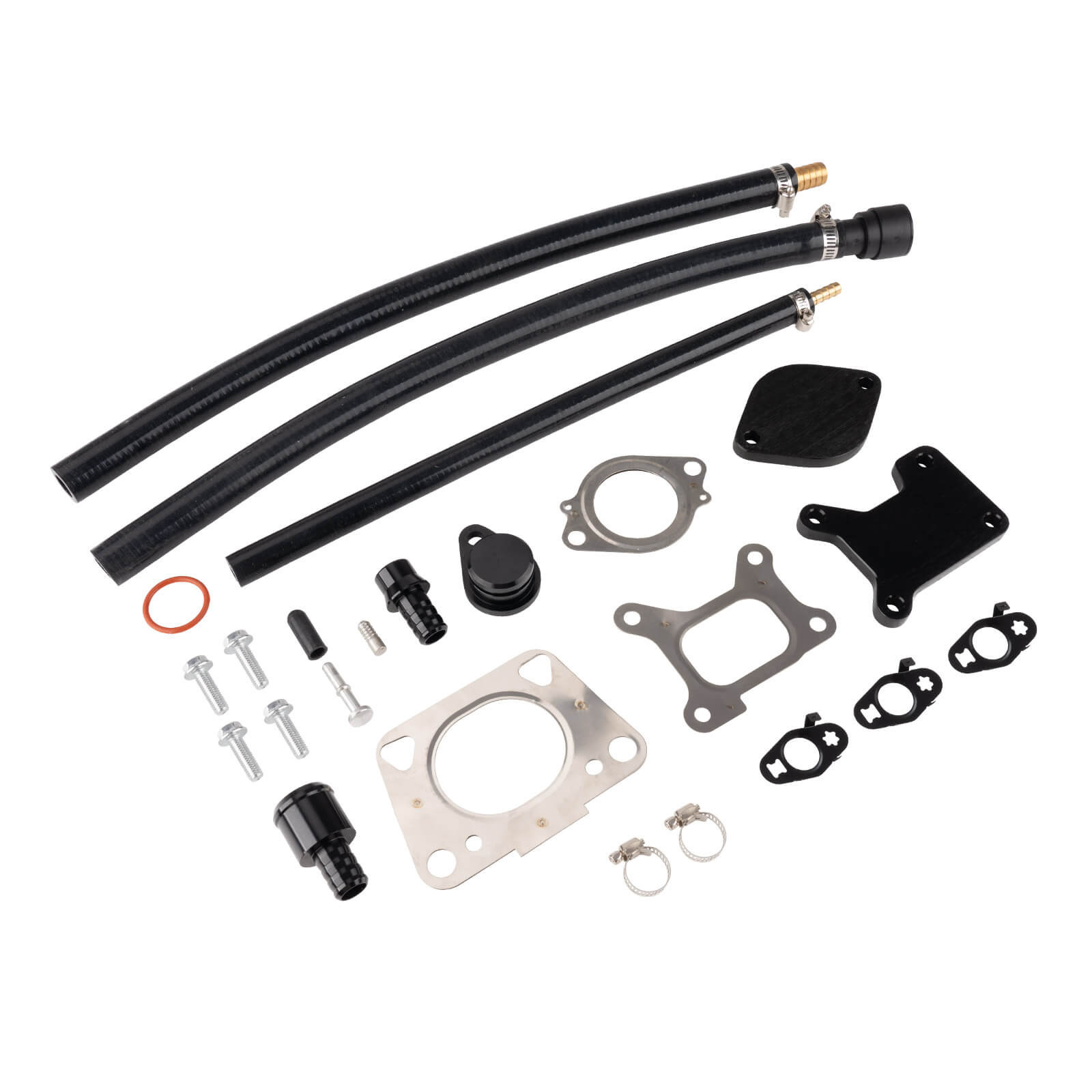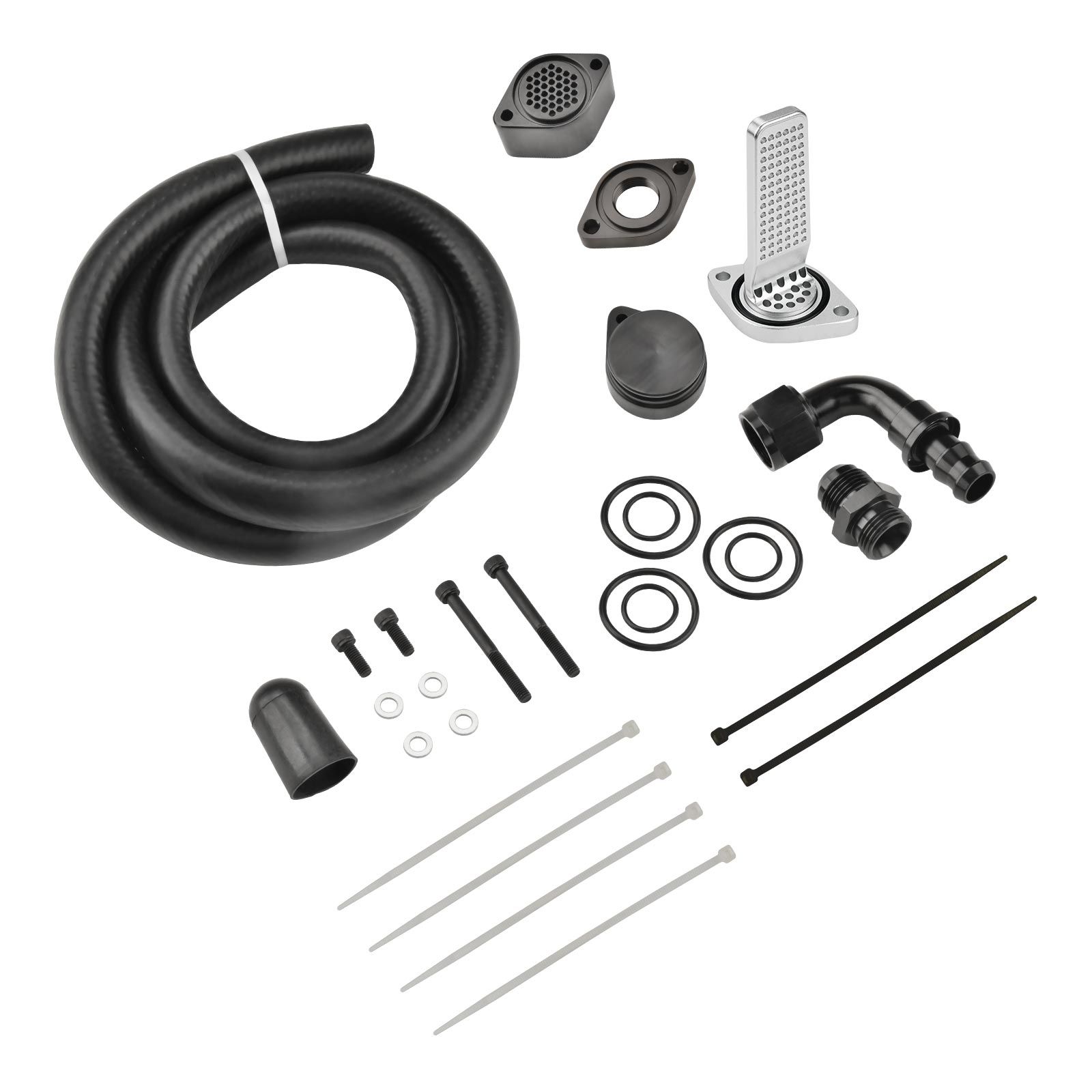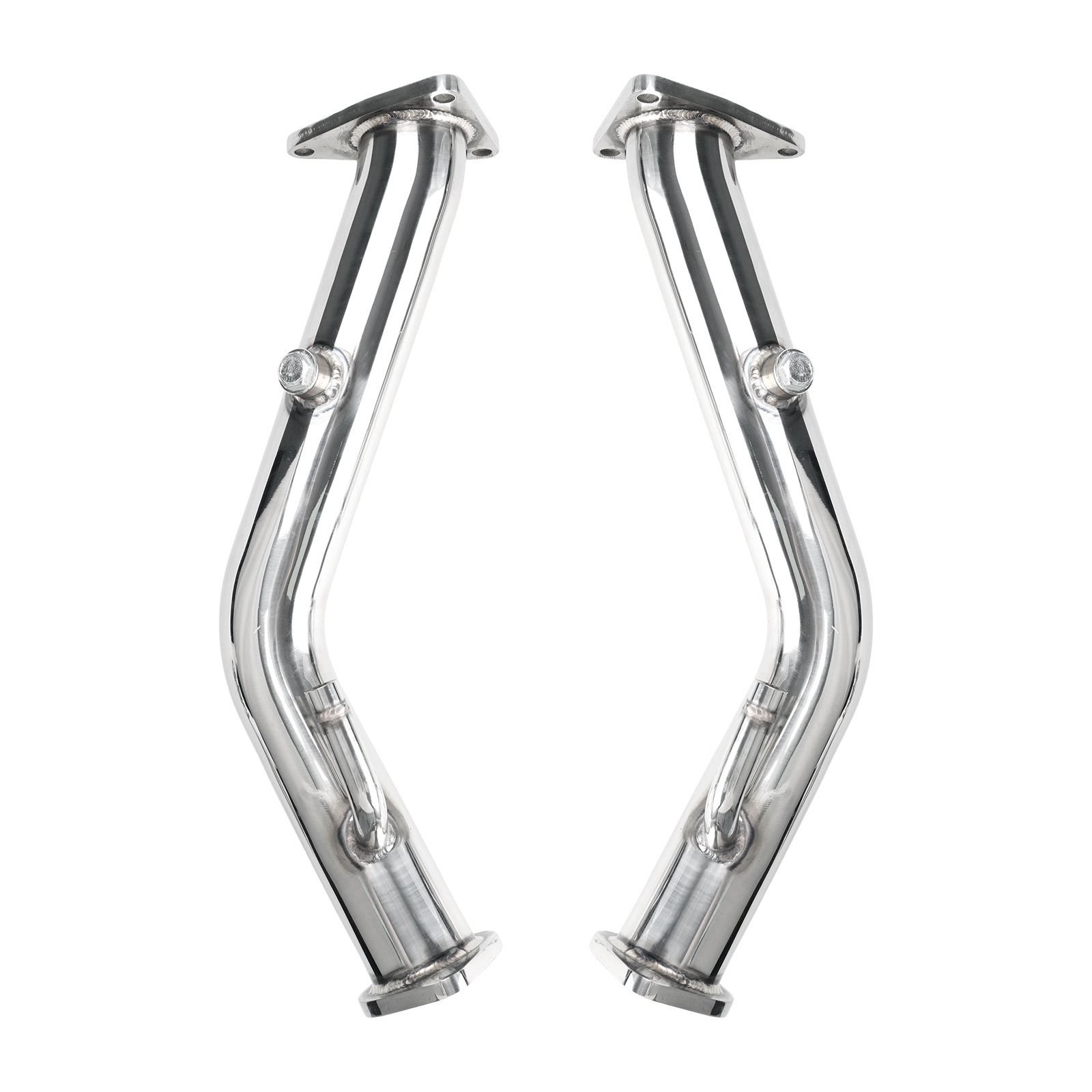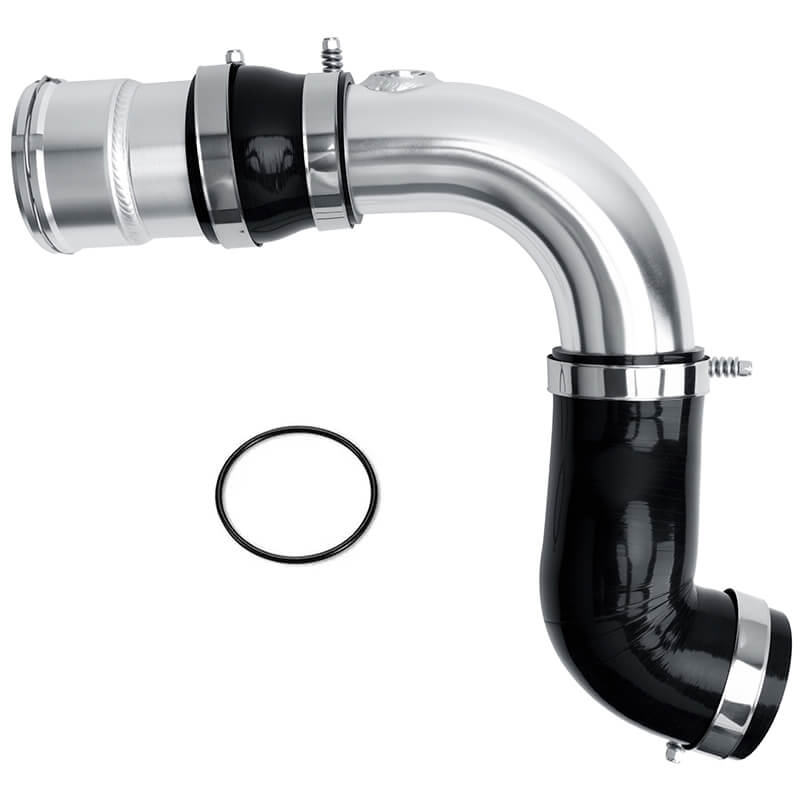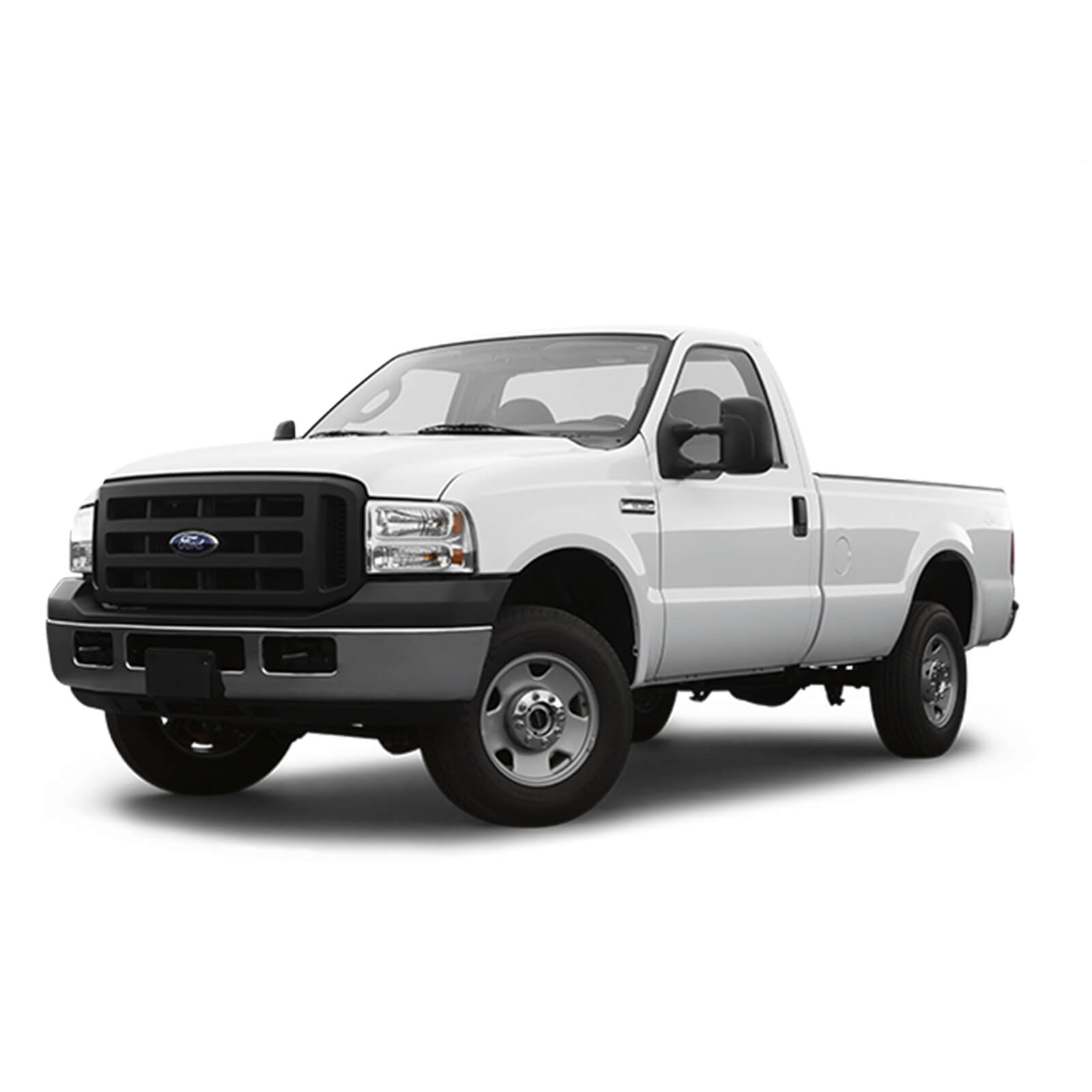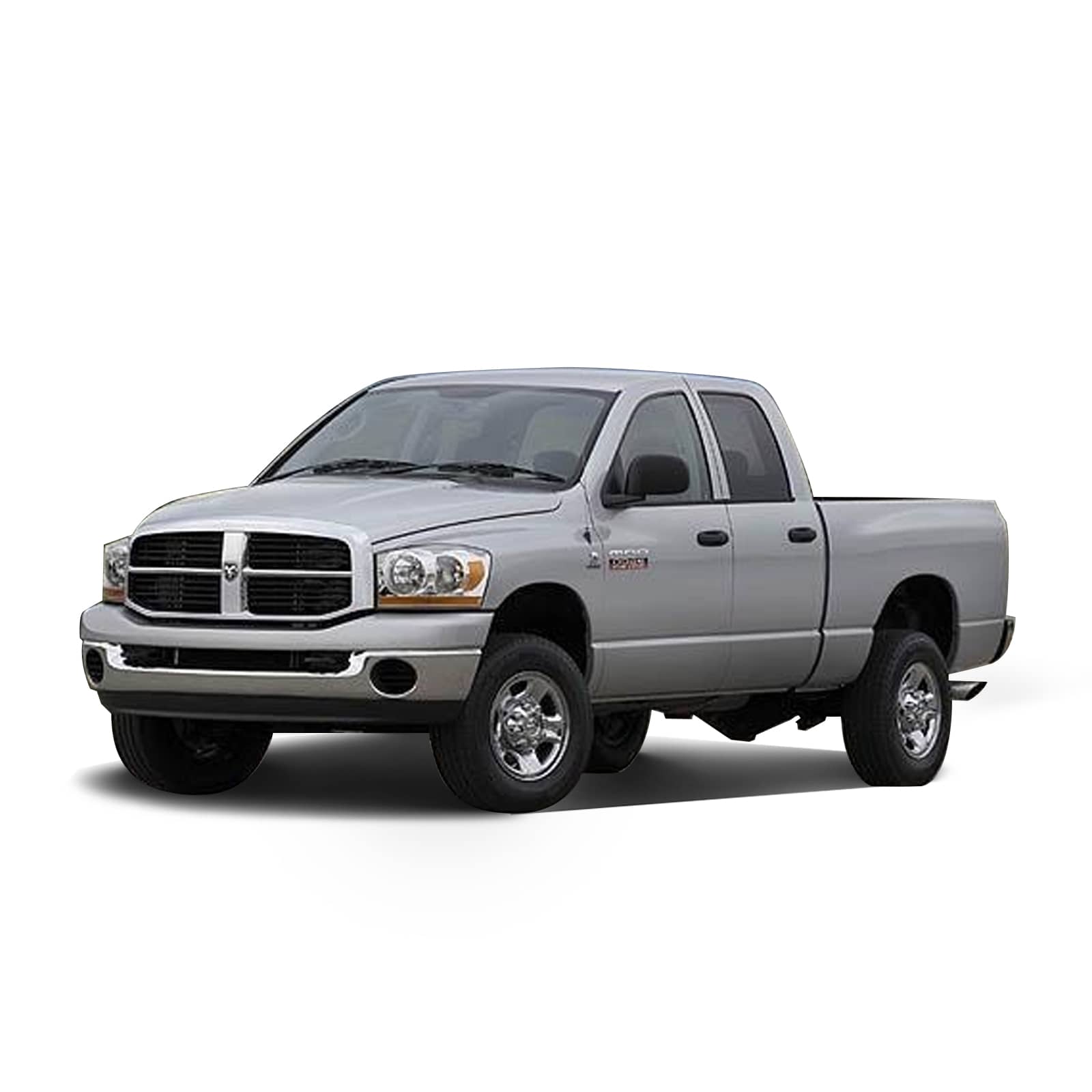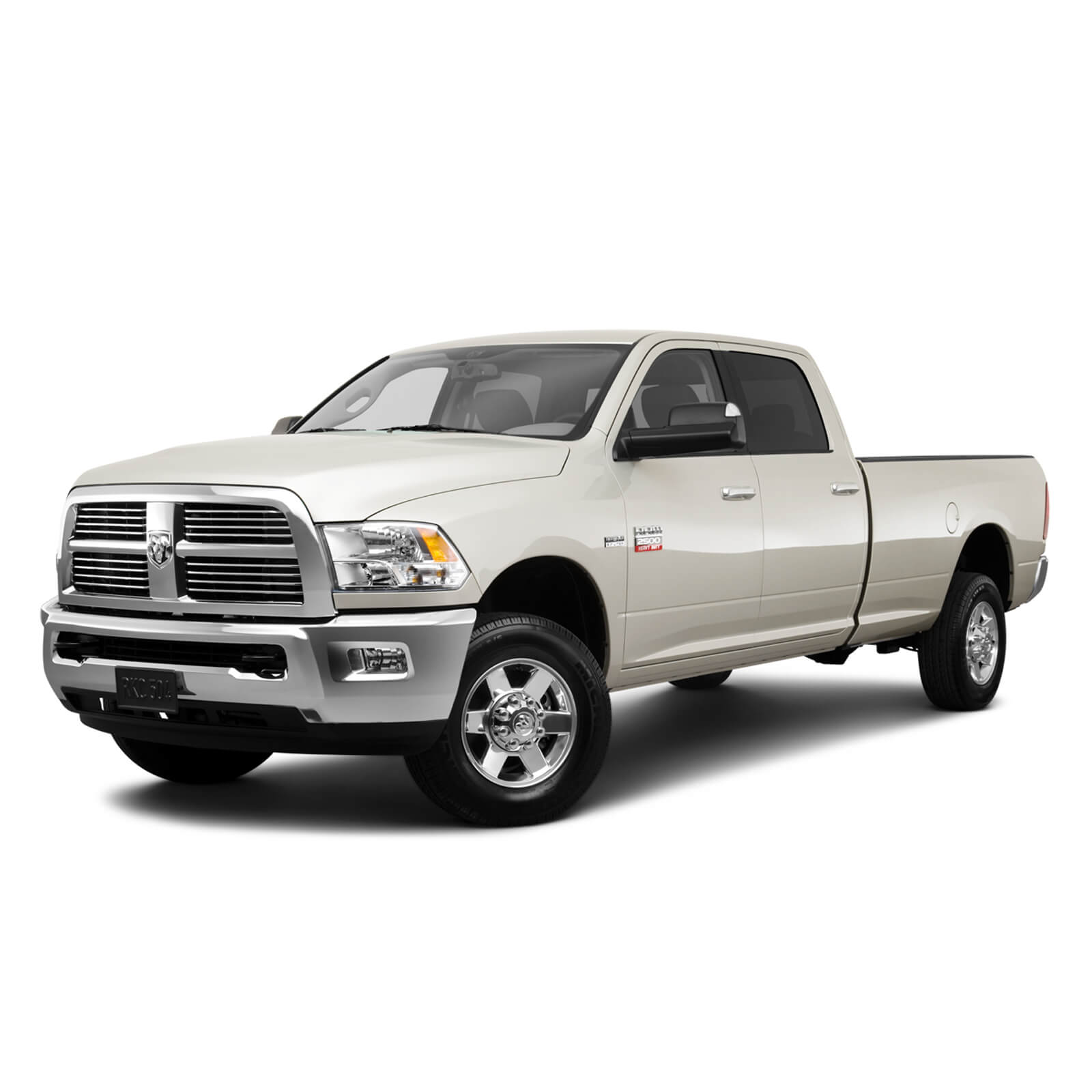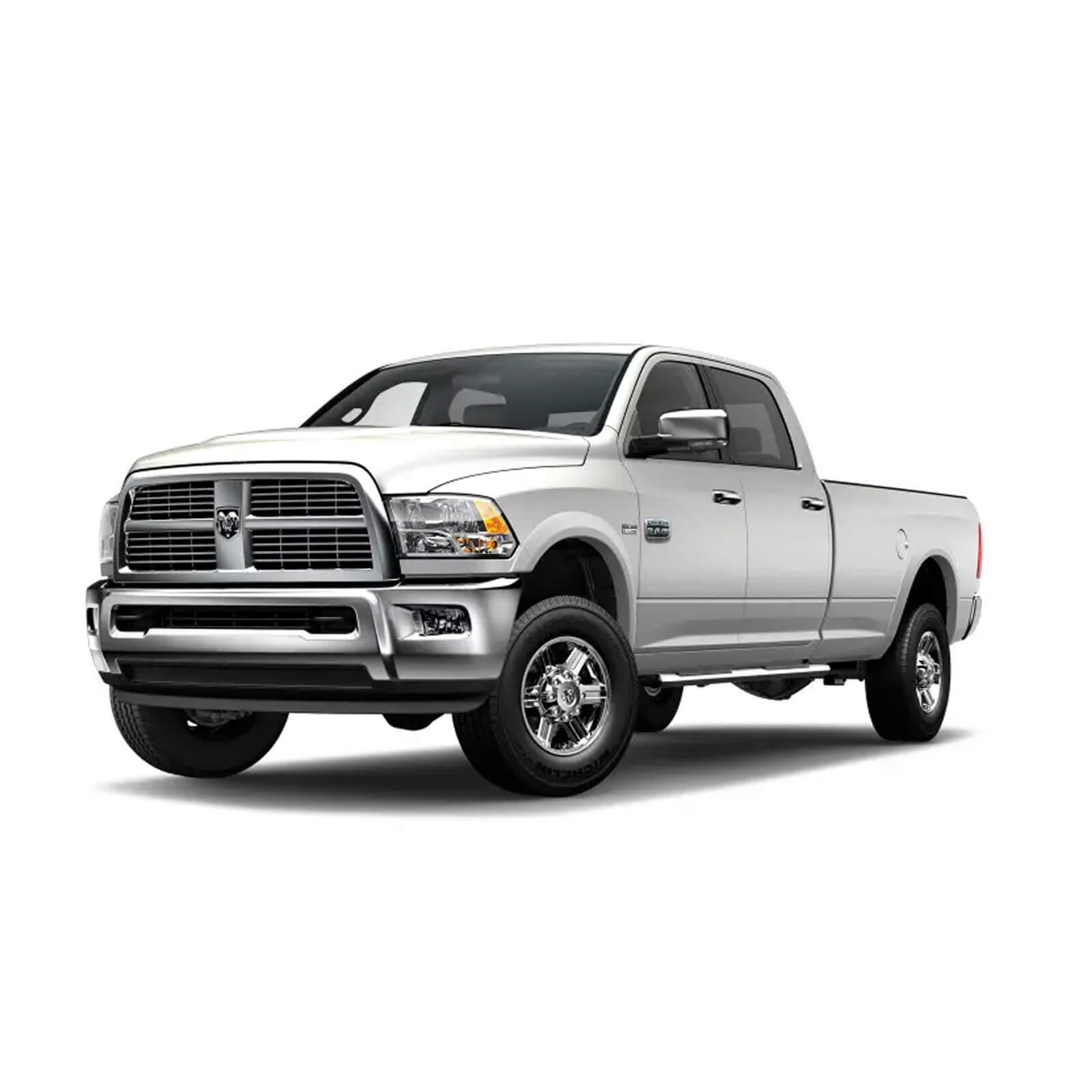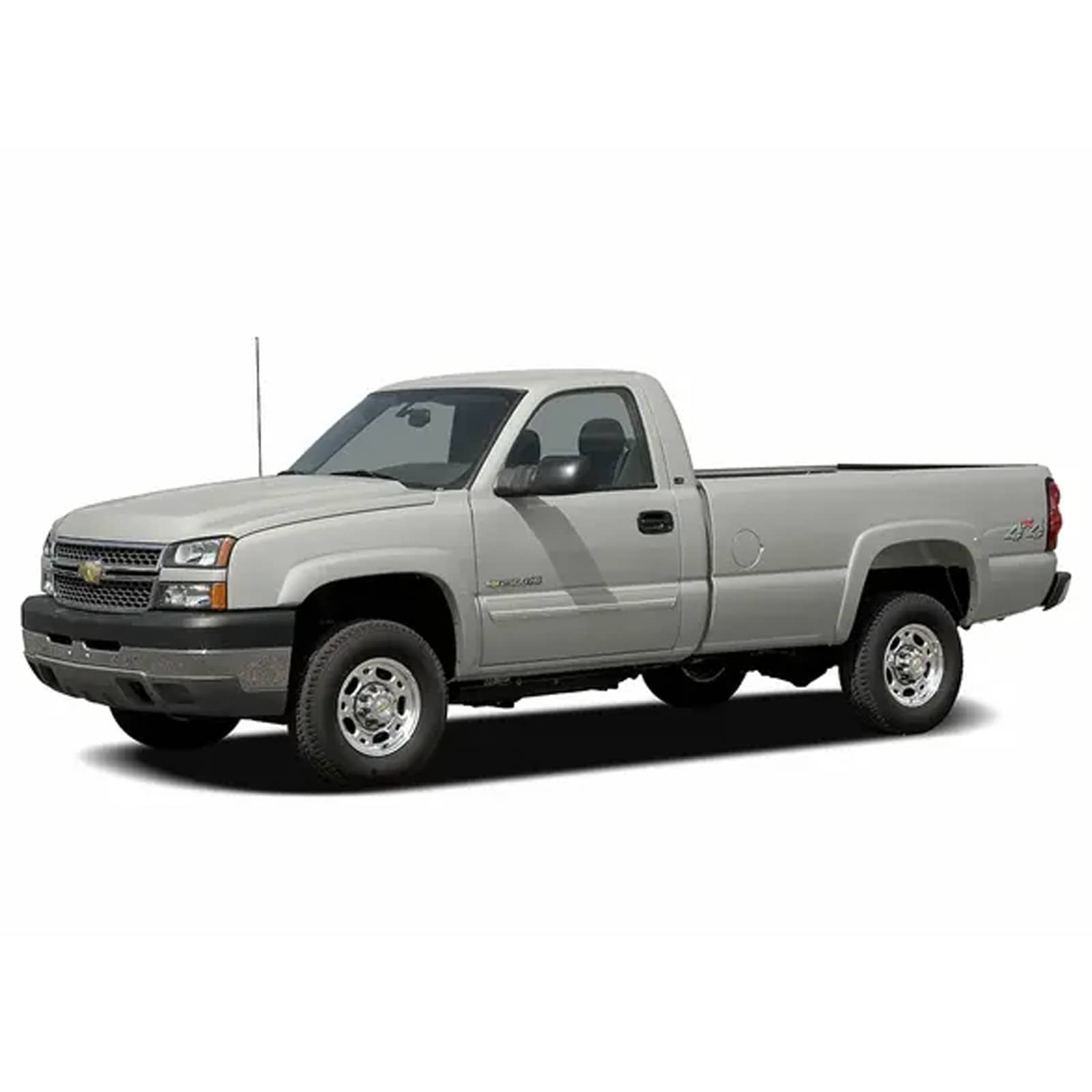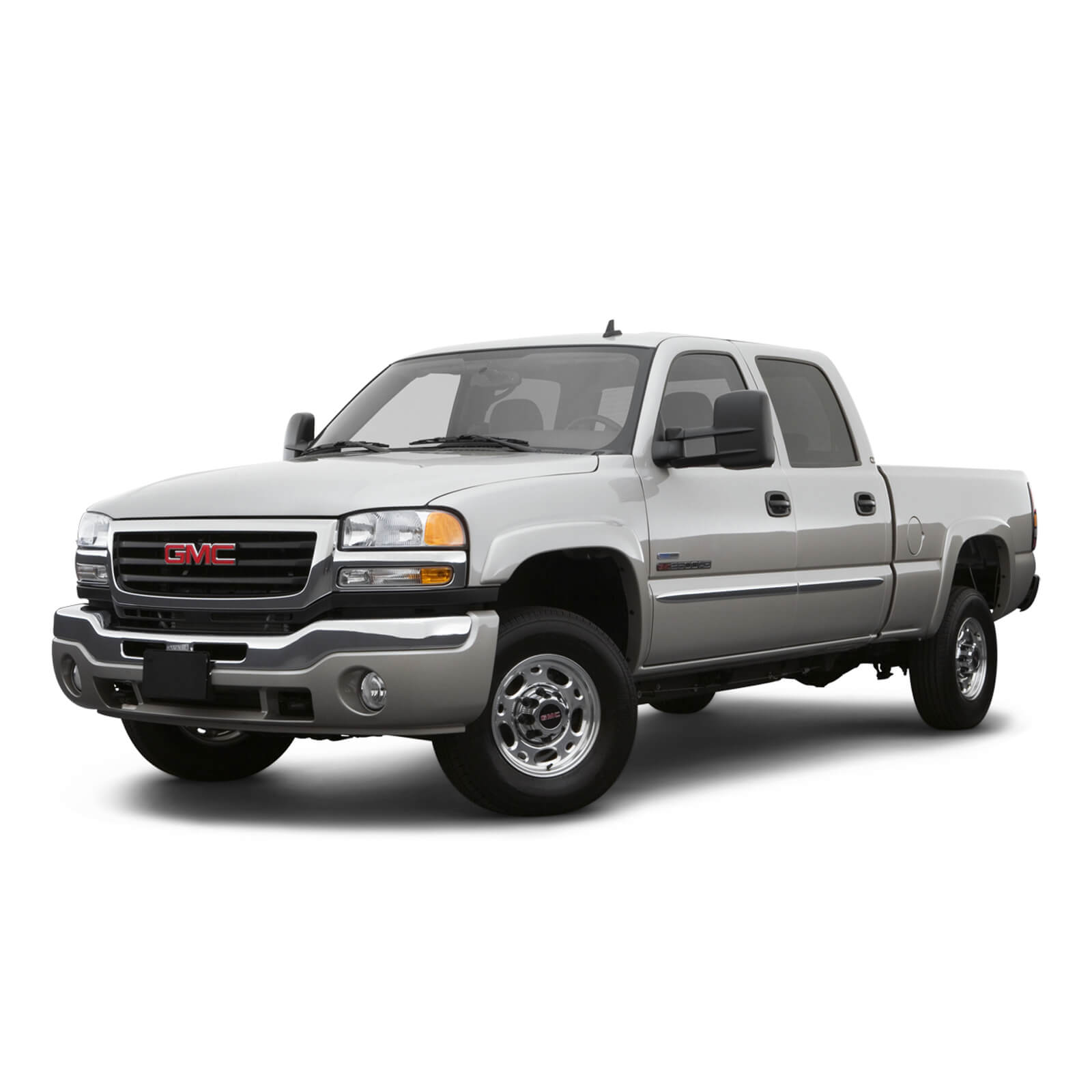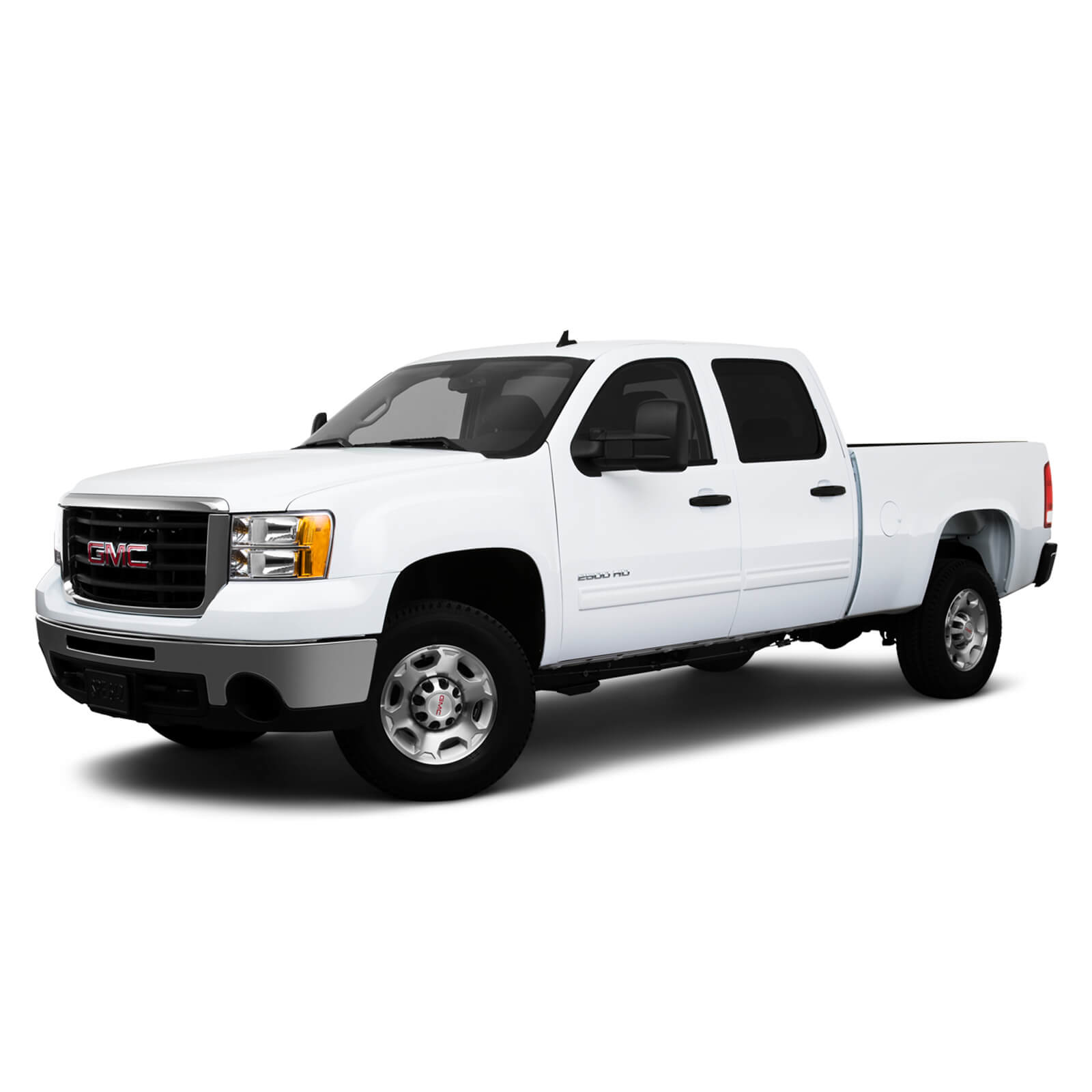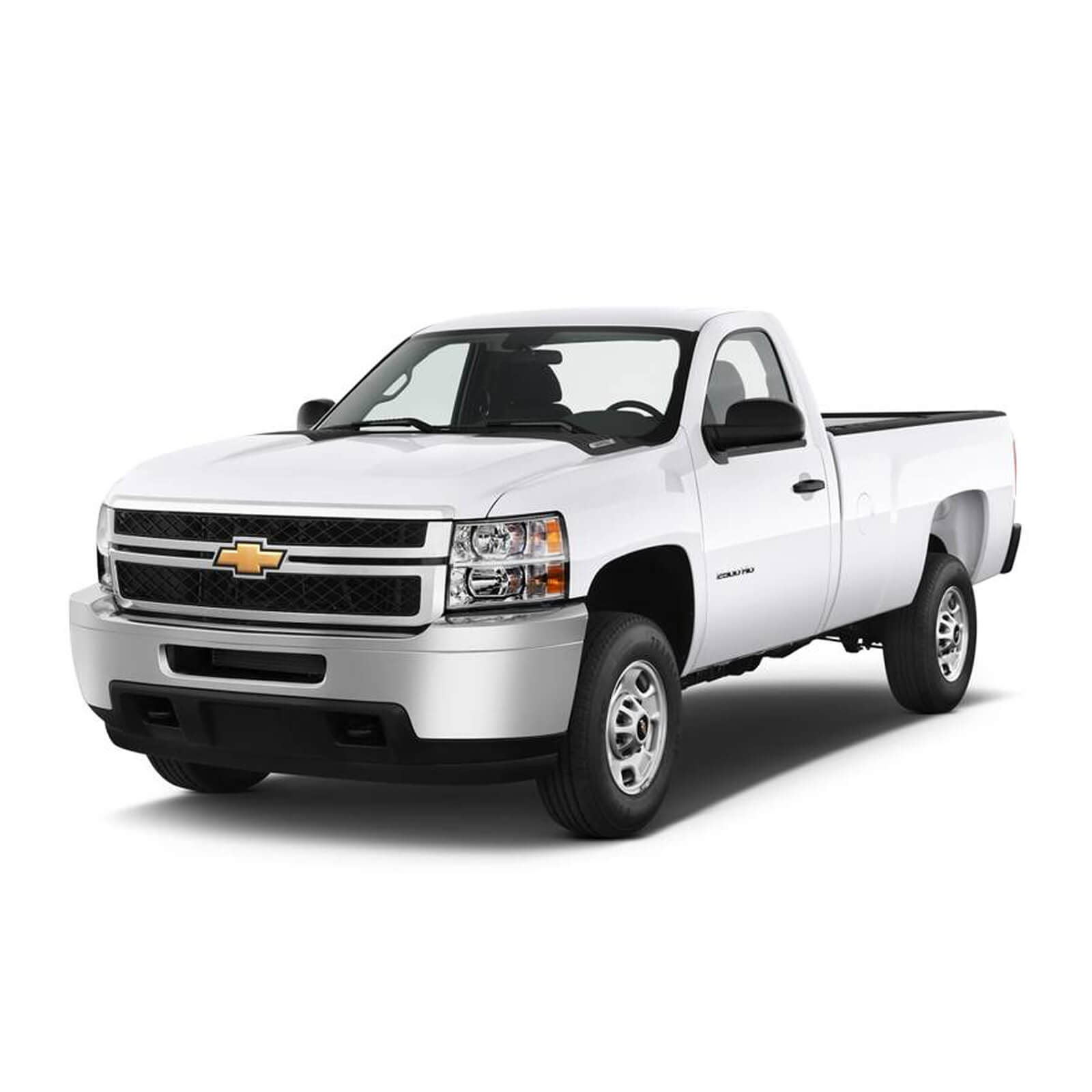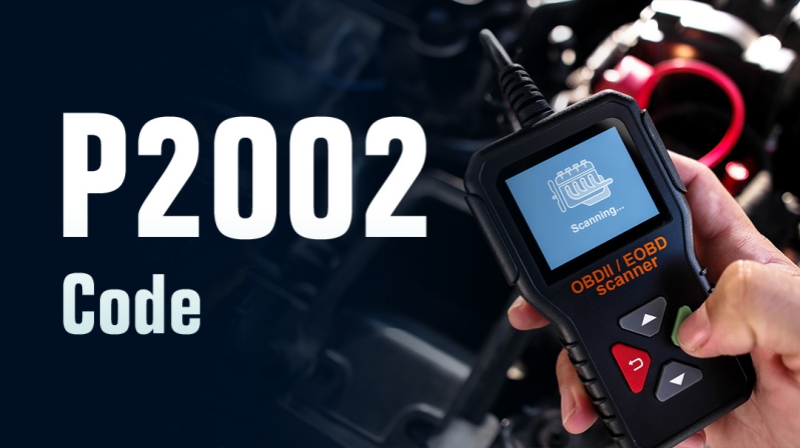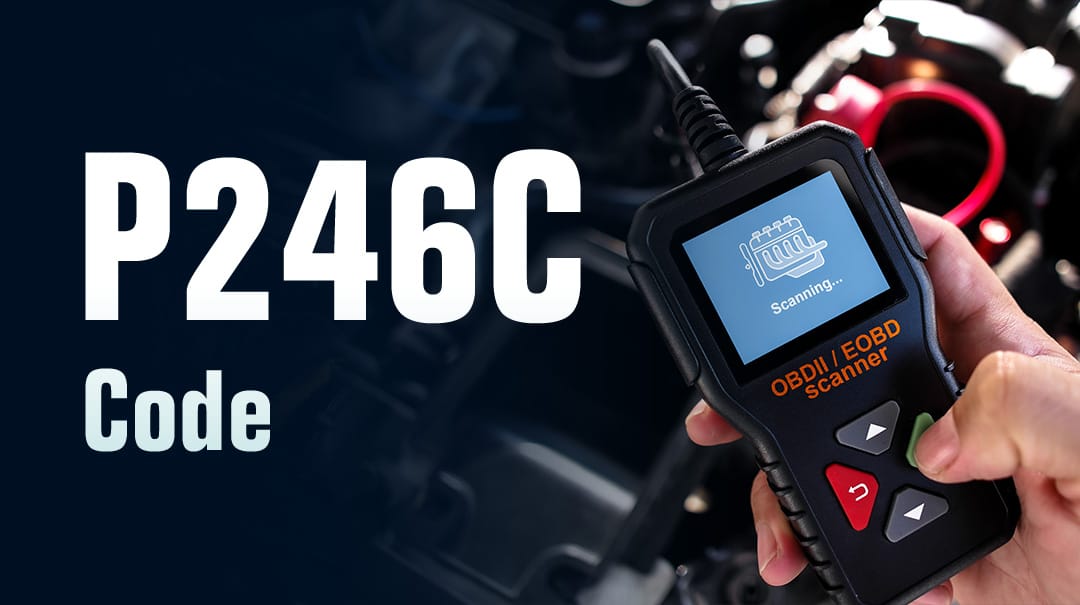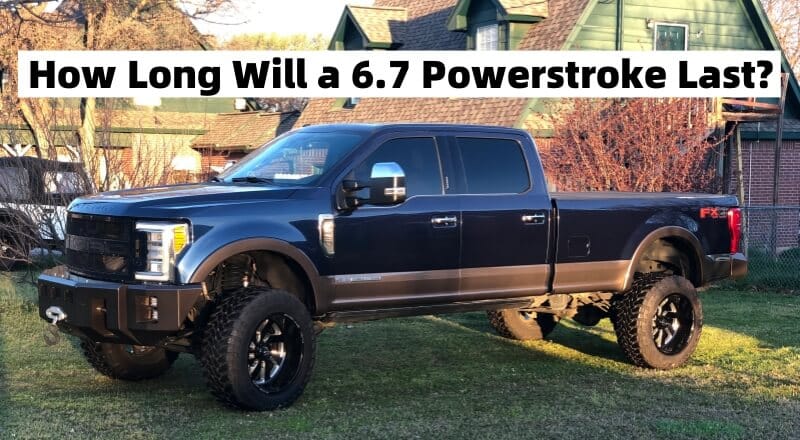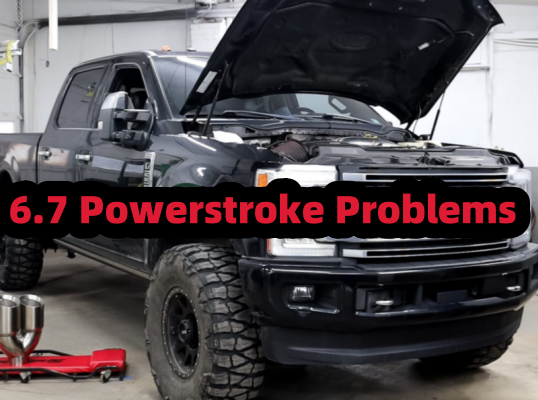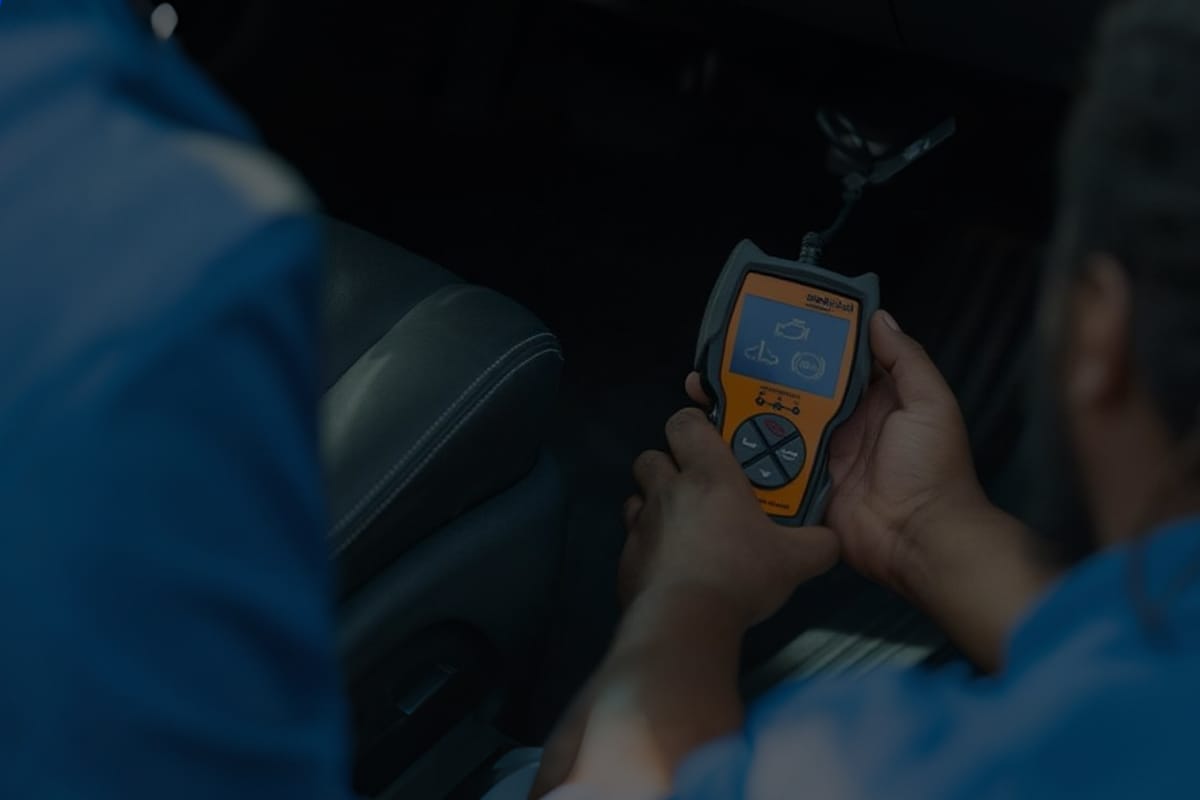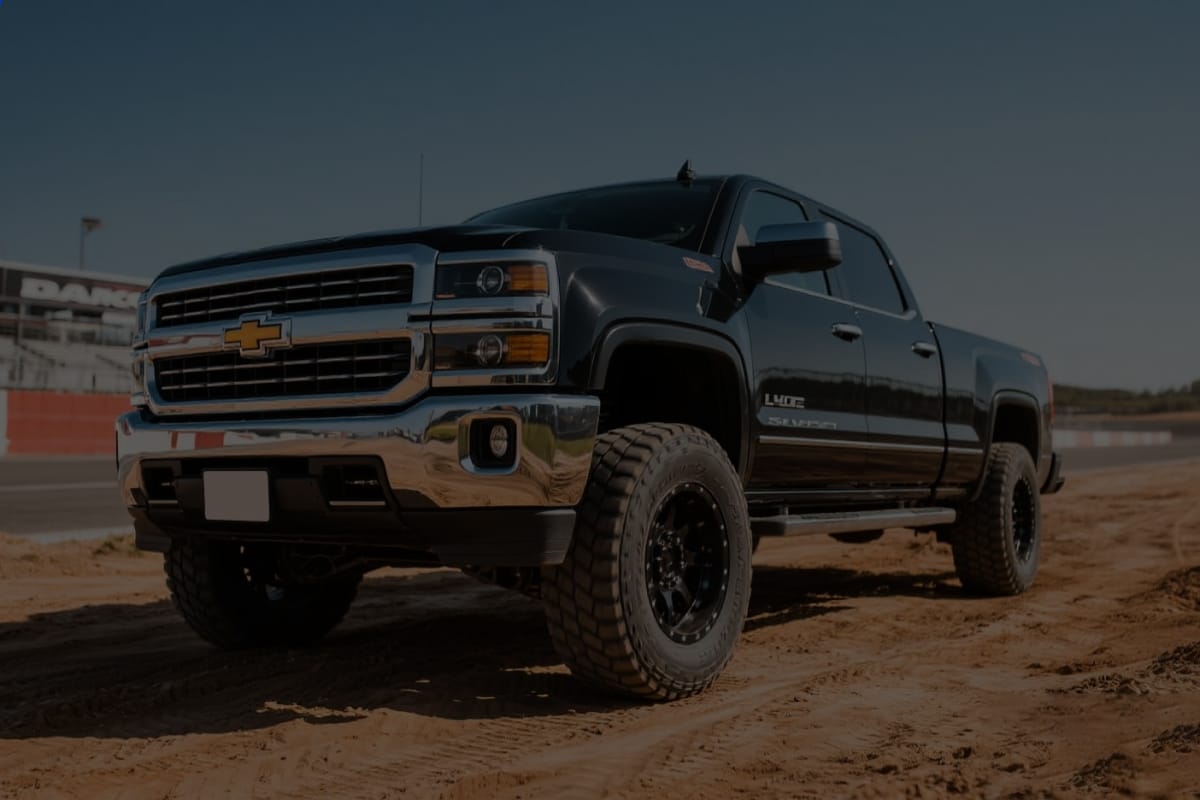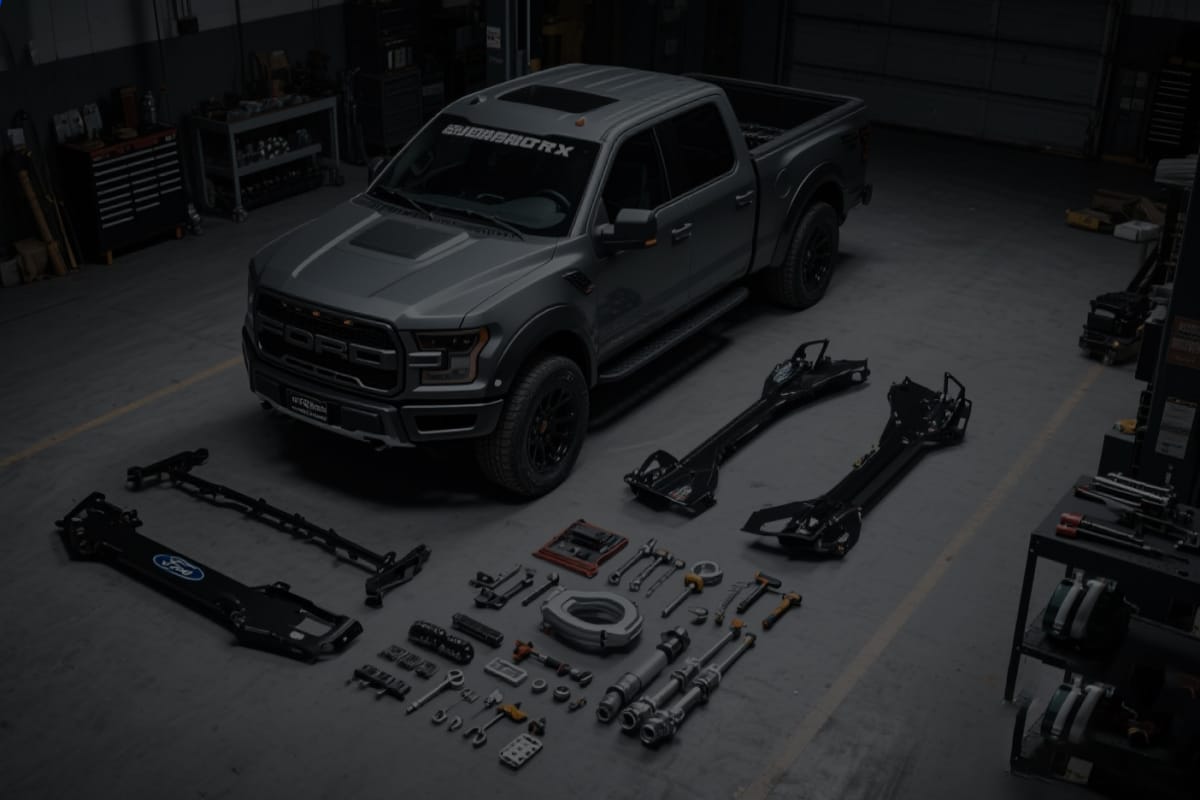The Ford 6.7L Powerstroke diesel engine is widely praised for its strong performance, reliability, and towing ability. With the growing popularity of this diesel engine, there is also a growing interest in performance modifications, such as deleting the crankcase ventilation (CCV). While this modification has many benefits, it is important to understand the pros and cons before deciding if it is right for you and your truck. Does your 6.7L Powerstroke engine need a CCV delete? Follow us as we learn about the pros and cons of deleting the CCV on a 6.7L Powerstroke engine.
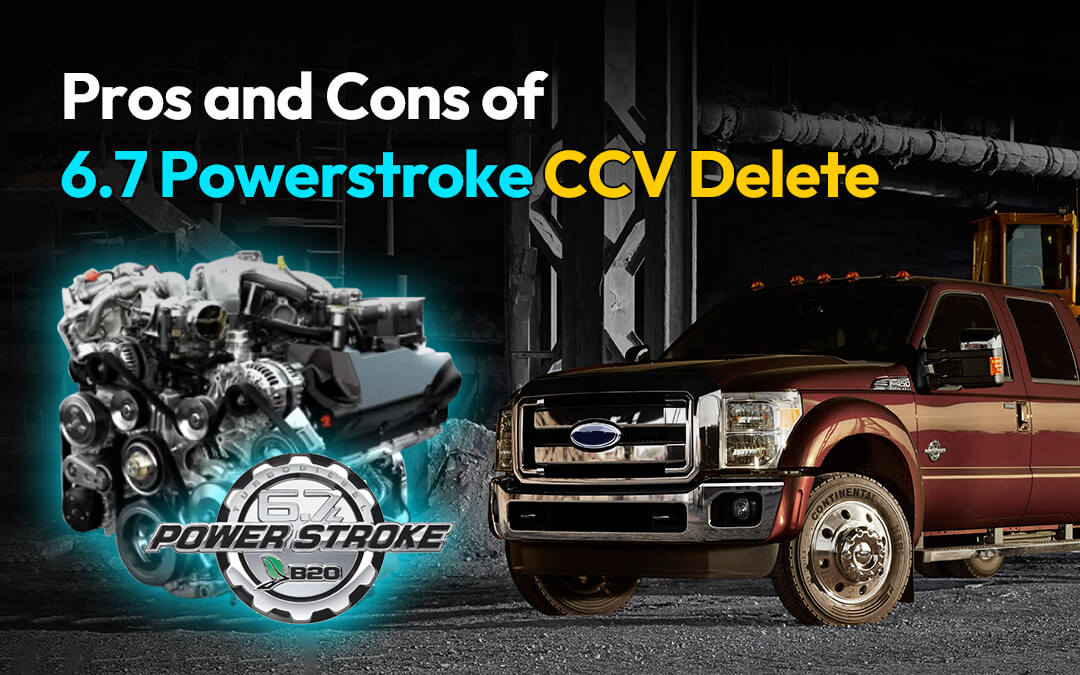
What Is the 6.7 Powerstroke CCV Delete System?
1. What Is a CCV System?
CCV stands for Crankcase Ventilation. This system plays a key role in managing the crankcase pressure of your engine.
- It is responsible for managing the crankcase pressure created by piston blowby.
- It redirects the oil vapors back to the intake manifold for reburning to meet emissions requirements.
However, over time, this process creates a layer of oil residue on the intake system, intercooler, and turbocharger. This is why many owners choose to remove the CCV.
2. What is CCV Delete?
CCV Delete refers to the removal or bypassing of the factory-installed crankcase ventilation system. After deletion, the blowby gases are not redirected back into the intake system, but are vented directly to the atmosphere. The main purpose of this modification is to prevent oil vapor from contaminating the intake system, thereby reducing carbon deposits and potentially extending engine life.
Typical CCV Delete Kit components:
- Cover
- Breather pipe
- Oil separator or oil separator tank
- Hose and clamp
CCV Delete vs. CCV Reroute: What's the Difference?
CCV Delete:
- Completely removes the CCV system.
- Vents blowby gases directly into the air.
CCV Reroute:
- Keeps the CCV system functioning, but vents gases out the air intake.
- Usually located under the truck frame or through an oil/gas separator.
What They Have in Common:
- Reduces oil vapor contamination.
- Helps keep the air intake and intercooler clean.
- Often used in conjunction with an oil/gas separator that needs to be vented periodically.
Why Do People Delete CCV on a 6.7 Powerstroke?
Truck owners and diesel enthusiasts often consider a CCV delete for a number of reasons, especially if their engine exceeds 50,000 miles and begins to experience increased oil vapor buildup. Primary motivations include:
✅ Reduce Oil Vapor Buildup:
Keeps intake and intercooler ducting cleaner.
✅ Reduce EGR Soot and Sludge:
Minimizes performance-impairing sludge buildup.
✅ Protects Turbocharger:
Less oil vapor means longer turbocharger and intercooler life.
✅ Simplifies Intake Cleaning:
Makes maintenance of the intake system easier.
✅ Best after 50,000 miles:
This is when deposits typically begin to become noticeable.
Pros and Cons of 6.7 Powerstroke CCV Delete
Pros:
- Reduces oil contamination, prevents sludge buildup and carbon deposits.
- Cleaner engine compartment, eliminates oil mist leaks around separators.
- Increases engine efficiency, reduces risk of incomplete combustion.
- Cost savings, no filter changes, saves about $50 to $100 per year in parts replacement costs.
- Less clogs, easier inspections, reduces maintenance complexity.
Cons:
- Emissions and legal risks, possible fines.
- Modifying or removing emissions equipment may void the factory warranty.
- Burning oil vapors directly into the atmosphere increases pollution.
- Burning oil vapors into the atmosphere may cause dripping or smoking.
- Improper installation or improper exhaust pipe size may increase crankcase pressure.
Is It Legal to Delete CCV on a 6.7 Powerstroke?
From a legal standpoint, a modification that deletes the CCV system does not meet EPA emissions standards. Vehicles that have had the CCV system deleted will typically fail a local emissions test or roadside inspection. Typically, CCV delete kits are only used for off-road, racing, or closed-course competition and should not be installed on vehicles driven on public roads.
Alternatives:
CCV Rerouting: The CCV rerouting system includes an oil vapor collection canister to capture oil vapors and can be an alternative that may be more compliant with emissions regulations in some areas.
👉 Tip:
Before making any modifications: Check local laws and consult a professional mechanic.
Best CCV Delete Kit for 6.7 Powerstroke
If you are considering purchasing a CCV delete kit, reputable brands like SuncentAuto offer kits with quality materials and well-designed components. Options range from simple atmospheric vents to complex oil and gas separators (oil catch cans).
When shopping for a kit, compare:
- Oil and gas separators vs. atmospheric vents: Separators keep the engine bay clean.
- Material: Aluminum components vs. plastic components.
- Hose routing options: Flexible installation to fit your truck layout.
Recommended:
SuncentAuto CCV Delete Kits - Known for durable materials, easy installation, and excellent customer support.
Final Verdict: Is the 6.7 Powerstroke CCV Delete Worth It?
Deciding whether the CCV Delete is worth the potential risk depends largely on your specific use case. If your truck is primarily used for off-road activities, competitions, or high mileage (over 50,000 miles) hauling heavy loads, then the CCV Delete can provide significant maintenance and performance benefits.
However, for daily driven trucks or vehicles still under warranty, the legal risks, environmental impacts, and potential warranty issues cannot be ignored.
Pros: Cleaner air intake, longer turbo life, easier maintenance.
Cons: Legal issues, warranty risks, environmental factors.
Recommendation:
Only install a CCV Delete if you fully understand the legal implications and are ready for off-road use. Also, always consult a professional installer.
FAQs
1. How long does the CCV system last on a 6.7 Powerstroke?
If properly maintained, the factory CCV system on a 6.7 Powerstroke will typically last 100,000 to 150,000 miles. However, over time, oil and carbon deposits can build up and affect performance.
2. Is it worth removing the CCV?
If you want a cleaner intake system, less soot, and don't need to pass emissions testing, it can be worth removing - especially for high-mileage or modified trucks.
3. Will removing the CCV void my warranty?
Yes, modifying the emissions system will usually void the vehicle warranty.
4. Do I need to remove the CCV after removing the EGR or DPF?
It's not necessary, but many truck owners remove both the CCV and the EGR/DPF to maximize intake cleanliness.
5. Will removing the CCV improve MPG?
Gas mileage may improve slightly (1-2 MPG) due to cleaner combustion, but it is not guaranteed.
6. Will removing the CCV cause crankcase pressure issues?
A properly installed and properly vented kit will not usually increase crankcase pressure.
7. How often should the oil separator be emptied?
Every 1,000-3,000 miles, depending on driving style and climate.












